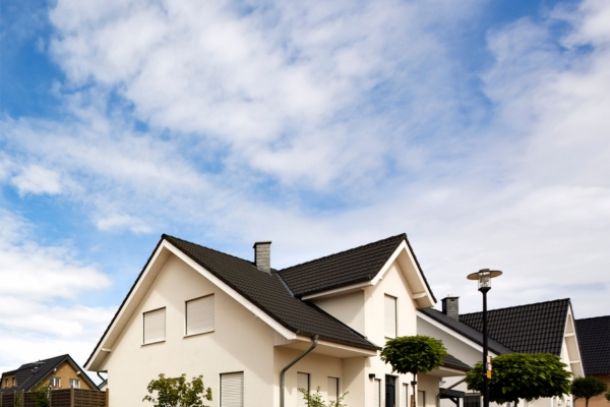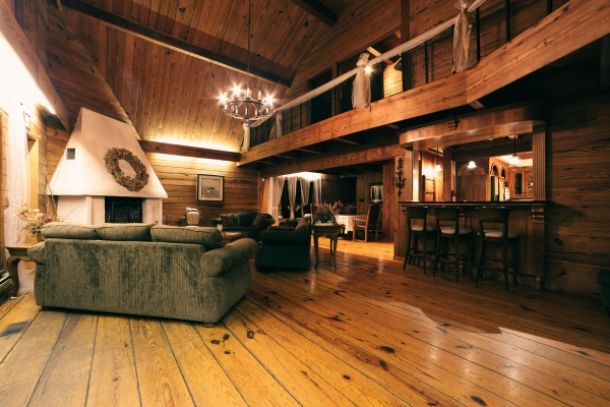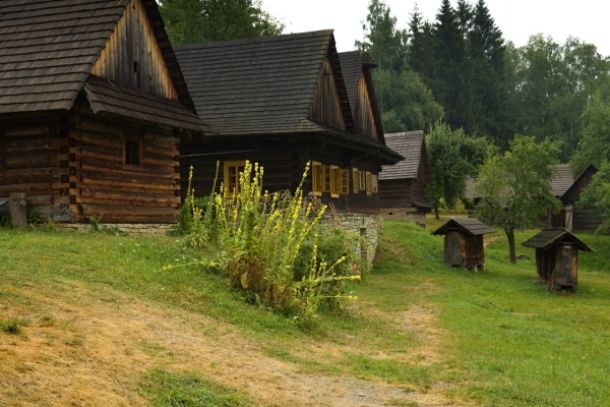The Art of Wood Preservation: Techniques for Extending Your Home’s Life
The Art of Wood Preservation: Techniques for Extending Your Home’s Life
Preserving the natural beauty and structural integrity of a wooden home is both an art and a science. “The Art of Wood Preservation: Techniques for Extending Your Home’s Life” delves into time-tested methods and modern innovations designed to protect wooden structures from the elements, pests, and wear over time. This comprehensive guide provides DIY enthusiasts with the knowledge to maintain, treat, and enhance wood, ensuring that your home remains a vibrant, durable sanctuary for generations.
Introduction
Wood is a living material that evolves over time. Without proper care, it can succumb to moisture, UV damage, insects, and general wear and tear. The art of wood preservation involves using a combination of traditional techniques and modern products to maintain the wood’s integrity and appearance. Whether you’re building a new wooden home or renovating an existing structure, understanding wood preservation is essential to extending the life and beauty of your property.
Understanding Wood and Its Vulnerabilities
Natural Properties of Wood:
Wood is prized for its strength, warmth, and aesthetic appeal, but it is also susceptible to environmental stressors. Factors such as moisture, sunlight, temperature fluctuations, and biological organisms (like fungi and insects) can cause wood to degrade over time. Understanding these vulnerabilities is the first step in implementing effective preservation strategies.
Seasoning and Drying:
Properly seasoned wood is less likely to warp, crack, or attract pests. Seasoning involves drying the wood slowly to reduce its moisture content to an optimal level. Whether air-dried or kiln-dried, seasoned wood is a foundation for successful preservation, as it minimizes the risk of shrinkage and distortion after installation.
Traditional Wood Preservation Techniques
Natural Oils and Waxes:
Historically, natural oils such as tung oil, linseed oil, and beeswax have been used to protect wood. These substances penetrate the wood, providing a barrier against moisture and UV rays while enhancing the natural grain and color. Applying a natural oil finish is an art that requires multiple coats and periodic reapplication to maintain protection over time.
Tar and Pitch Treatments:
In the past, tar and pitch were commonly used to waterproof wooden structures, especially in regions with harsh weather. While modern synthetic alternatives exist, natural tar treatments still have a place in traditional preservation methods, particularly for maintaining the historic authenticity of older wooden homes.
Modern Preservation Products and Methods
Low-VOC Sealants and Stains:
Today, a variety of advanced sealants and stains are available that provide long-lasting protection with minimal environmental impact. Low-VOC (volatile organic compound) products reduce harmful emissions and are safer for indoor air quality. These products form a protective layer on the wood surface, preventing moisture ingress and UV damage while highlighting the wood’s natural beauty.
Eco-Friendly Preservatives:
Innovative eco-friendly preservatives have been developed that combine the benefits of traditional treatments with modern chemistry. These products often incorporate natural ingredients along with advanced polymer technologies to create a durable, breathable barrier that protects the wood without locking in moisture.
Modern Application Techniques:
Advancements in application methods, such as spray systems and automated rollers, have improved the consistency and efficiency of wood treatments. These modern techniques ensure an even coat, reducing the risk of missed spots or excessive buildup. Proper surface preparation—sanding, cleaning, and priming—is still essential to achieve a flawless finish.
Preventative Maintenance Strategies
Regular Inspections:
Preventative maintenance is crucial to wood preservation. Schedule routine inspections to check for signs of wear, moisture penetration, or pest activity. Early detection allows for prompt intervention, preventing minor issues from developing into major problems that could compromise the structural integrity of your home.
Reapplication and Touch-Ups:
Even the best preservation treatments require periodic reapplication. Depending on environmental conditions and usage, wood surfaces may need to be resealed or restained every few years. Documenting the condition of your wood over time can help you determine the optimal reapplication schedule.
Environmental Controls:
Managing the microenvironment around your wooden home can significantly enhance preservation efforts. Ensure that the building is well-ventilated to prevent moisture buildup, and use landscaping to create natural barriers against harsh weather conditions. Incorporating protective features like overhangs and gutters also helps to shield wood surfaces from excessive moisture and UV exposure.
Combining Aesthetics with Functionality
Enhancing Natural Beauty:
Preservation isn’t solely about protection—it also enhances the aesthetic appeal of the wood. A well-preserved wooden surface displays a rich, natural grain that adds warmth and character to your home. Choosing finishes that complement your interior or exterior design can elevate the overall look and feel of your space.
Balancing Protection with Breathability:
Effective wood preservation must strike a balance between creating a protective barrier and allowing the wood to breathe. Products that are too impermeable can trap moisture, leading to rot and decay. Look for treatments that offer both durability and the necessary permeability to maintain the wood’s natural balance.
Conclusion
The art of wood preservation is an essential aspect of maintaining a wooden home’s longevity and beauty. By combining traditional techniques with modern products and methods, DIY enthusiasts can protect their wooden structures from environmental damage, ensuring that they remain strong, vibrant, and visually appealing for decades. Embrace regular maintenance, choose eco-friendly treatments, and appreciate the natural evolution of wood as you extend the life of your home. With careful planning and a commitment to preservation, your wooden home will continue to be a source of pride and comfort for generations to come.


